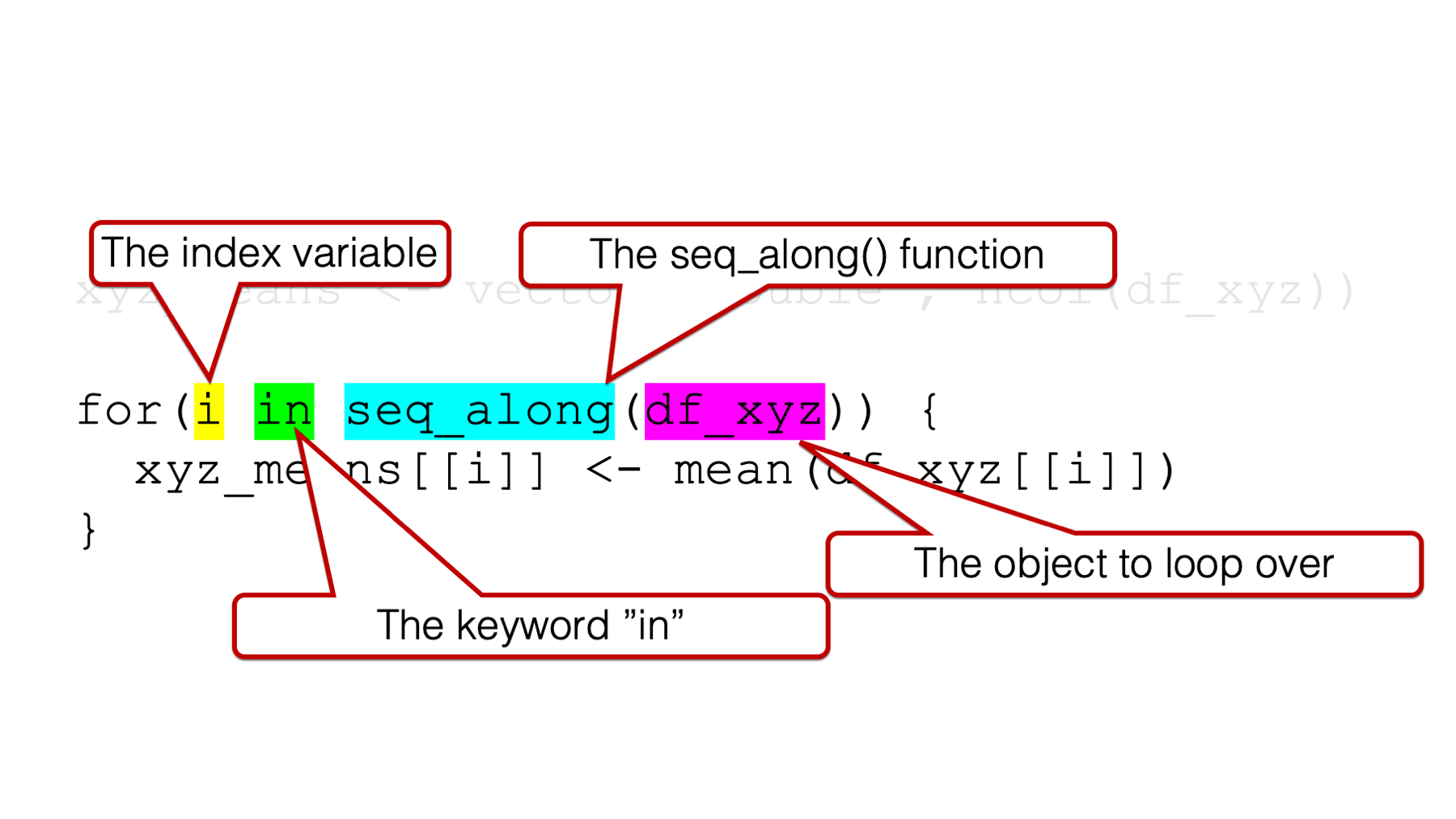


Loops-within-loops is a common construct in programming. Hi for x in $(seq 1 3 ) do > for y in A B C do > echo " $x : $y " > done > done The do/ done block can contain any sequence of commands, even another for-loop: for x in Q Zebra 999 Smithsonian This sequence repeats once for every item in the list. When the loop executes, the loop variable, x, takes the value of each of the items in the list – Q, Zebra, 999, Smithsonian, – and the block of commands between do and done is then executed. Using the loop variable ( x) as a placeholder, write commands between the do/ done block. Get a collection of items/values ( Q Zebra 999 Smithsonian) This is pretty much the fundamental workings of a for loop: So maybe it's a variable? Let's try referencing it in the echo statement: for x in Q Zebra 999 Smithsonianīingo. What's the point of that x? A lowercase x isn't the name of a keyword or command that we've encountered so far (and executing it alone at the prompt will throw an error). Let's look to the left of the in keyword, and at that x. So the loop doesn't automatically do anything specific to the collection of values we gave it. What happens when we replace those four 1's with different numbers? And maybe a couple of words? for x in Q Zebra 999 SmithsonianĪnd… nothing. OK, not very exciting, but the program definitely seemed to at least loop: four 1's resulted in four echo commands being executed. Let's add four more 1's: for x in 1 1 1 1 OK, so how do we make it execute more than one time? Add more (space-separated) elements to the right of the in keyword. It's hard to tell, but a "loop" did execute.
#How to write for loop in r code
I wrote four lines of code to do what it takes a single line to do, echo 'Hi'. If you need to read a list of lines from a file, and are absolutely sure that none of the lines contain a space within them: for url in $(cat list_of_urls.txt ) doĬurl " $url " > everywebpage_combined.htmlĪ read-while loop is a variation of the above, but is safer for reading lines from a file: while read urlĭid that seem pretty worthless? Yes it should have. Here's a more elaborate version using variables: for thing in $collection_of_things doĪ command substitution can be used to generate the items that the for loop iterates across: for var_name in $(seq 1 100 ) do The syntax for for loops can be confusing, so here are some basic examples to prep/refresh your comprehension of them: for animal in dog cat 'fruit bat' elephant ostrich And it presages how we will be programming further on: less emphasis on executing commands with each line, and more emphasis on planning the functionality of a program, and then executing it later. This is fundamentally different than the line-by-line command-and-response we've experienced so far at the prompt. Only until we reach done, and hit Enter, does the for-loop do its work. # another for loop just for fun for a in $things do command_3 a done We can write out as many commands as we want in the block between the do and done keywords: do Unlike most of the code we've written so far at the interactive prompt, a for-loop doesn't execute as soon as we hit Enter: for item in $items Much of computational thinking involves taking one task and solving it in a way that can be applied repeatedly to all other similar tasks, and the for loop is how we make the computer do that repetitive work: for item in $items do The loop is one of the most fundamental and powerful constructs in computing, because it allows us to repeat a set of commands, as many times as we want, upon a list of items of our choosing.
#How to write for loop in r how to
How to loop, aka designing a program to do repetitive work for you


 0 kommentar(er)
0 kommentar(er)
